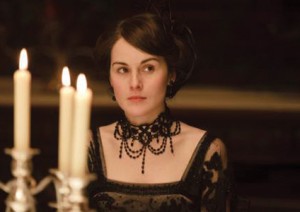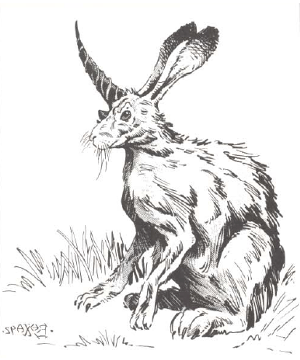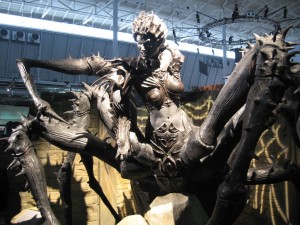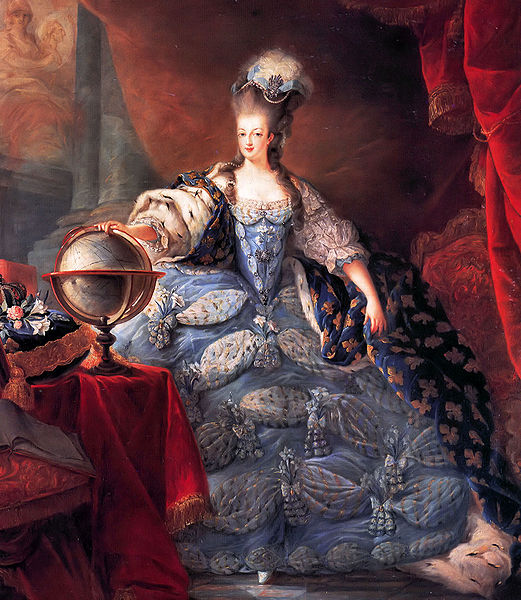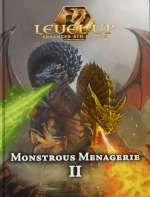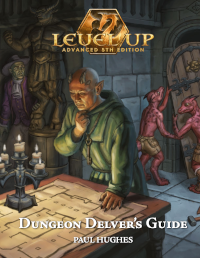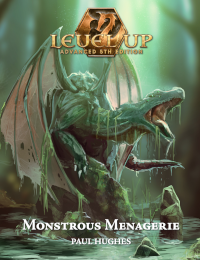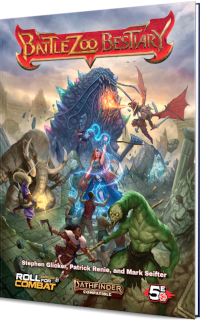Netflix On Demand is carrying the 60’s horror show Dark Shadows. I’ve never seen it, but I have a vague memory of hearing that it was an influence on Gygax and Arnesen, so I decided to watch a little bit and see if I could detect any D&D flavor.
I watched one episode, and already the D&D influence is clear. It’s about a shady guy whose research leads him to believe there’s valuable jewelry buried in a tomb in a crypt. He gathers together some tools and enters the dungeon setting.
(spoilers ahead)
He finds himself in a room with some sealed stone coffins. He can’t open them with his crowbar, so he rigs up a rope and pulley, running the rope through a ring on a coffin lid and a ring set in the wall. When he pulls the rope, the coffin lid still doesn’t budge — but the tug on the ring on the wall opens up — wouldn’t you know it — a secret door to a hidden chamber.
Inside the chamber is another coffin. This one is wrapped with chains. The graverobber, who is suffering from a dangerous case of genre blindness, decides that the chains on the coffin somehow indicate that this coffin contains treasure. He pulls off the chains and opens the coffin. What’s in the coffin isn’t clear, but whatever it is, it strangles him.
This episode provides a perfectly usable D&D encounter. If the rings in the room are described, the PCs will probably pull the wall ring — either as part of a pulley system, as in the episode, or just under the general principle that anything described by the DM should be pushed, pulled, or hit.
The chains around the outside of the coffin add a spooky touch, and provide a hint that whatever’s in the coffin may be a tough encounter.
Rather than populating the coffin with a regular old strangling monster, as in the episode, I think I’d fill it with a puzzle/environment monster in the tradition of D&D puddings or yellow molds. I’d have a cloud of fog billow out, flowing across the floor and expanding in every direction 10 or 20 feet per turn. All the crypt’s dead would rise as skeletons as soon as they were touched by the fog. The PCs would either have to fight an ever-increasing army of skeletons or flee in front of the fog. Perhaps the original occupant of the coffin would be a ghost who had concealment while in the fog and could, as its move, teleport into any fog-covered area.

